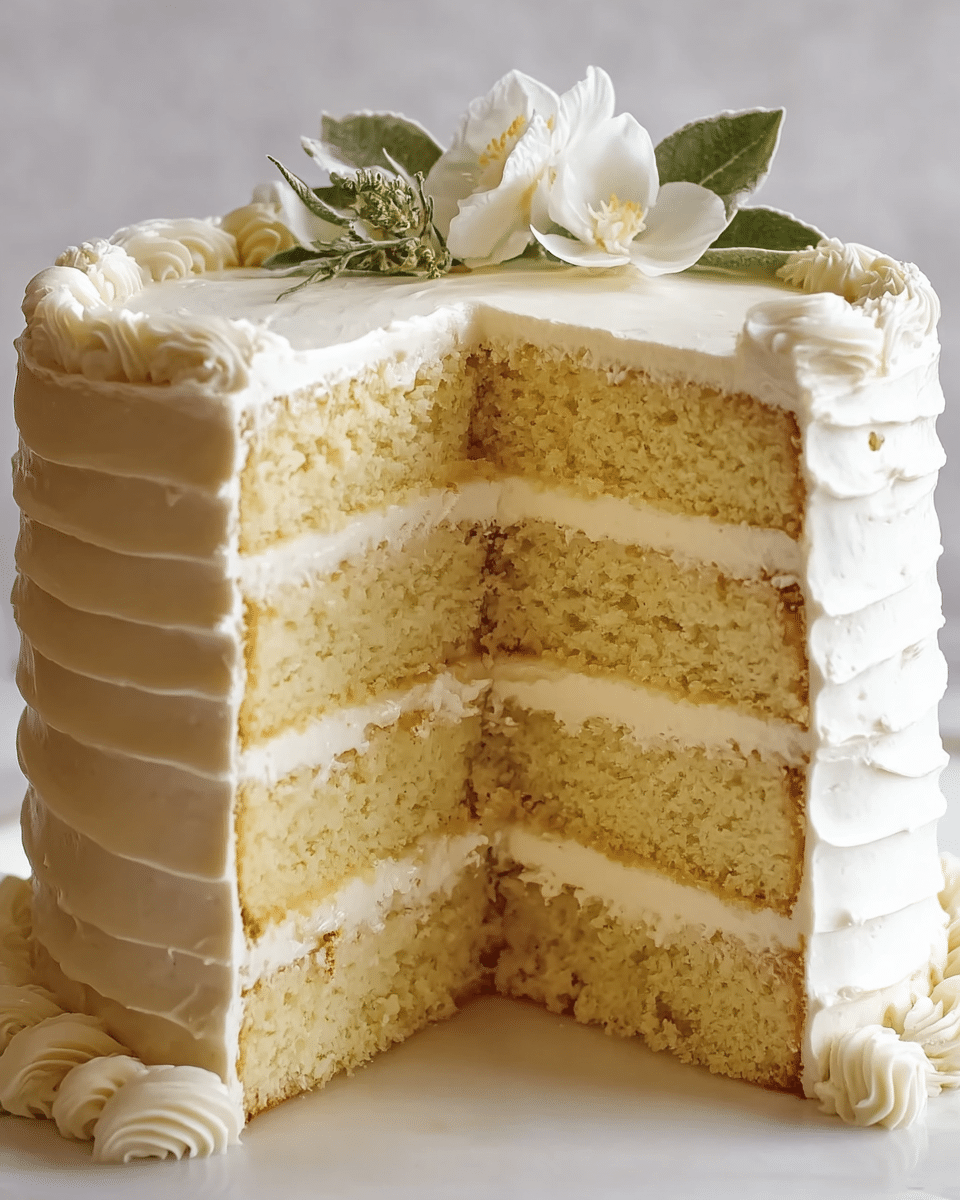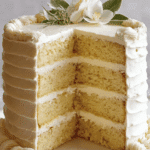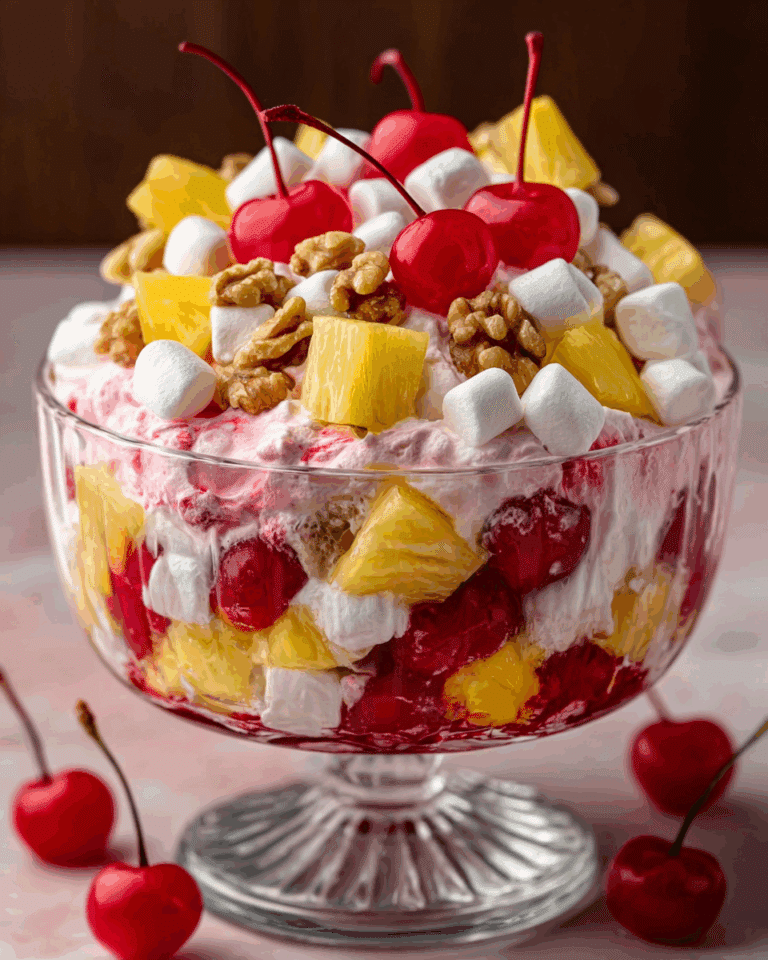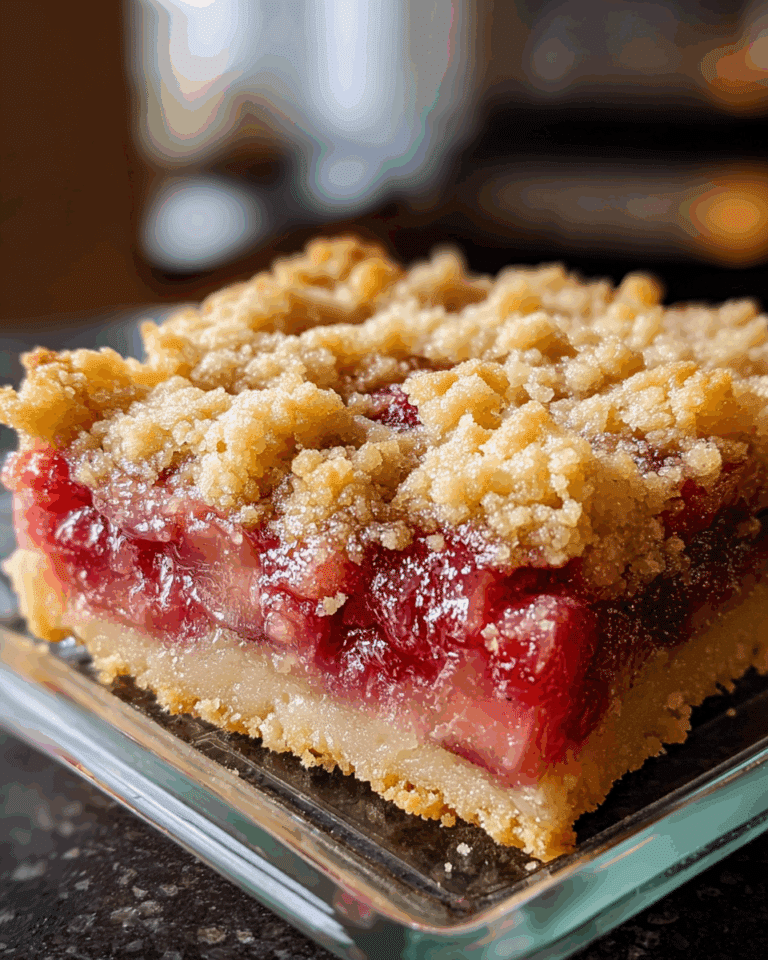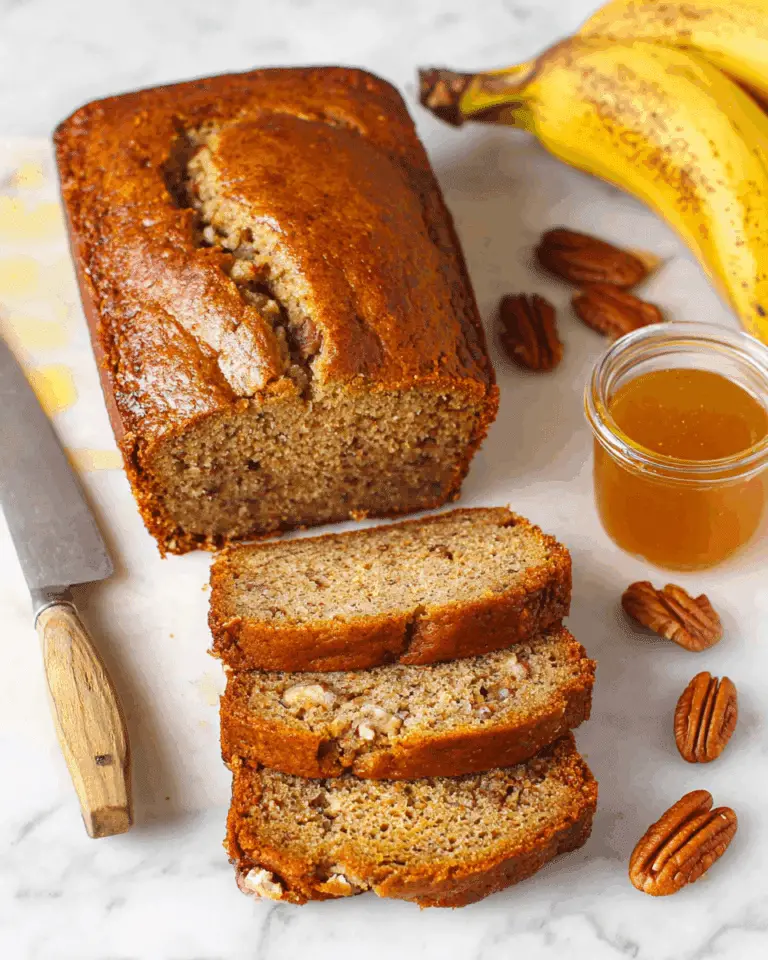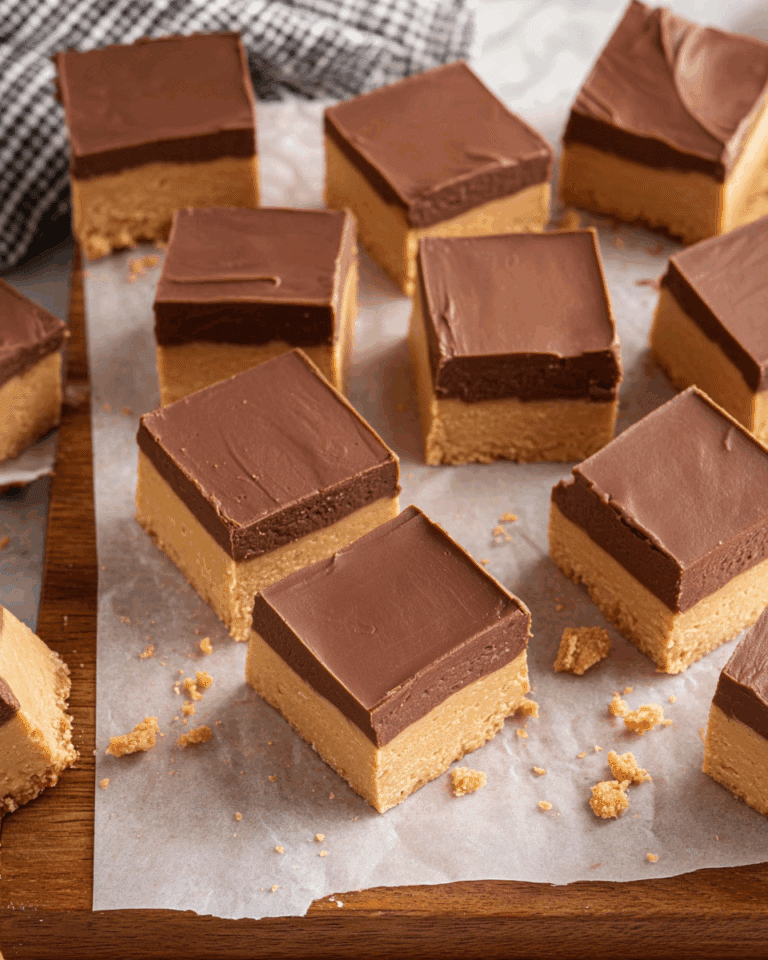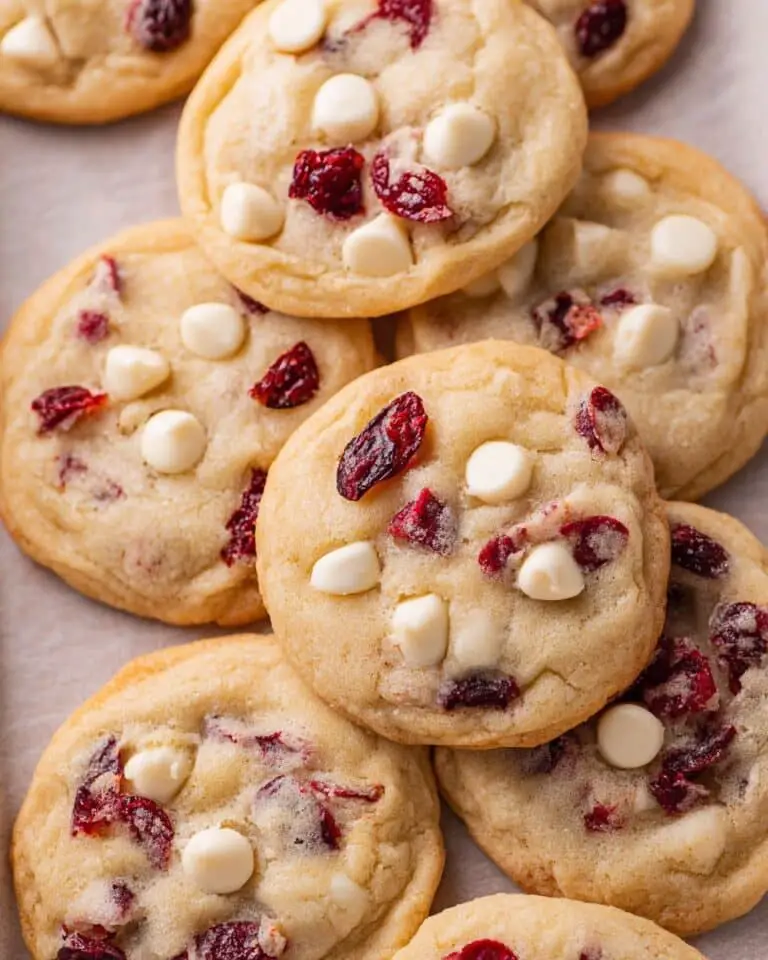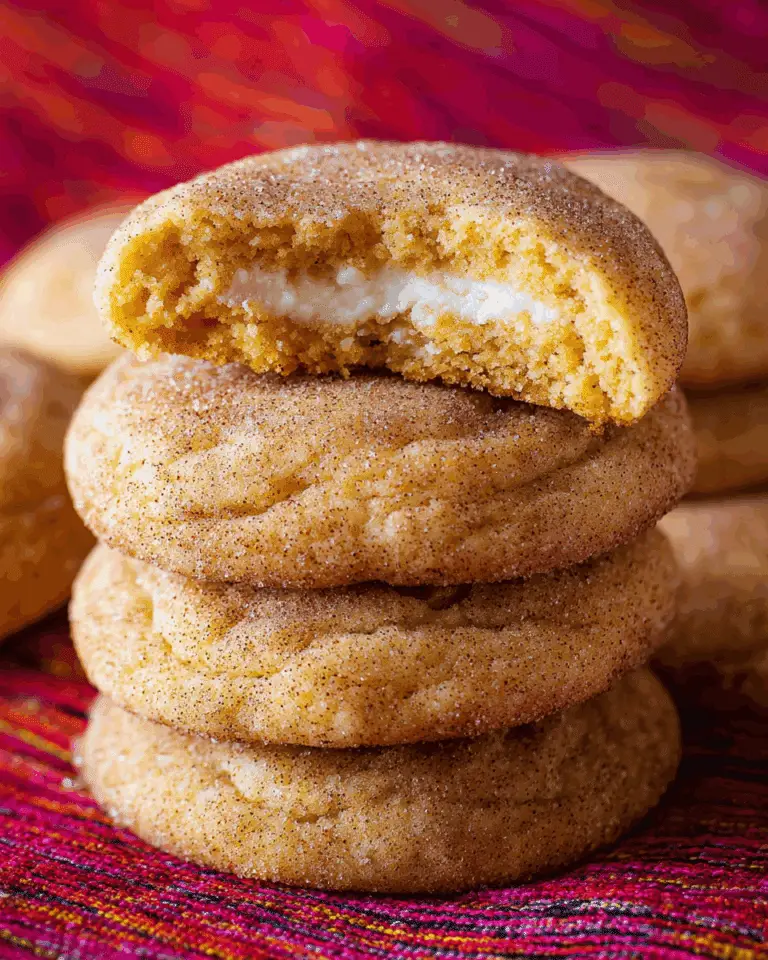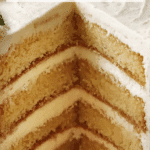There’s something magical about classic buttermilk cake with buttercream frosting — it’s the sort of recipe that sweeps you right back to childhood celebrations and happy family gatherings. Tender, moist crumb meets rich, fluffy frosting in every bite, creating that irresistible blend of tangy and sweet you never forget. If you’ve been searching for a show-stopping cake that’s easy enough for any occasion yet special enough to steal the spotlight at birthdays or afternoon teas, this is the treat to bake next!
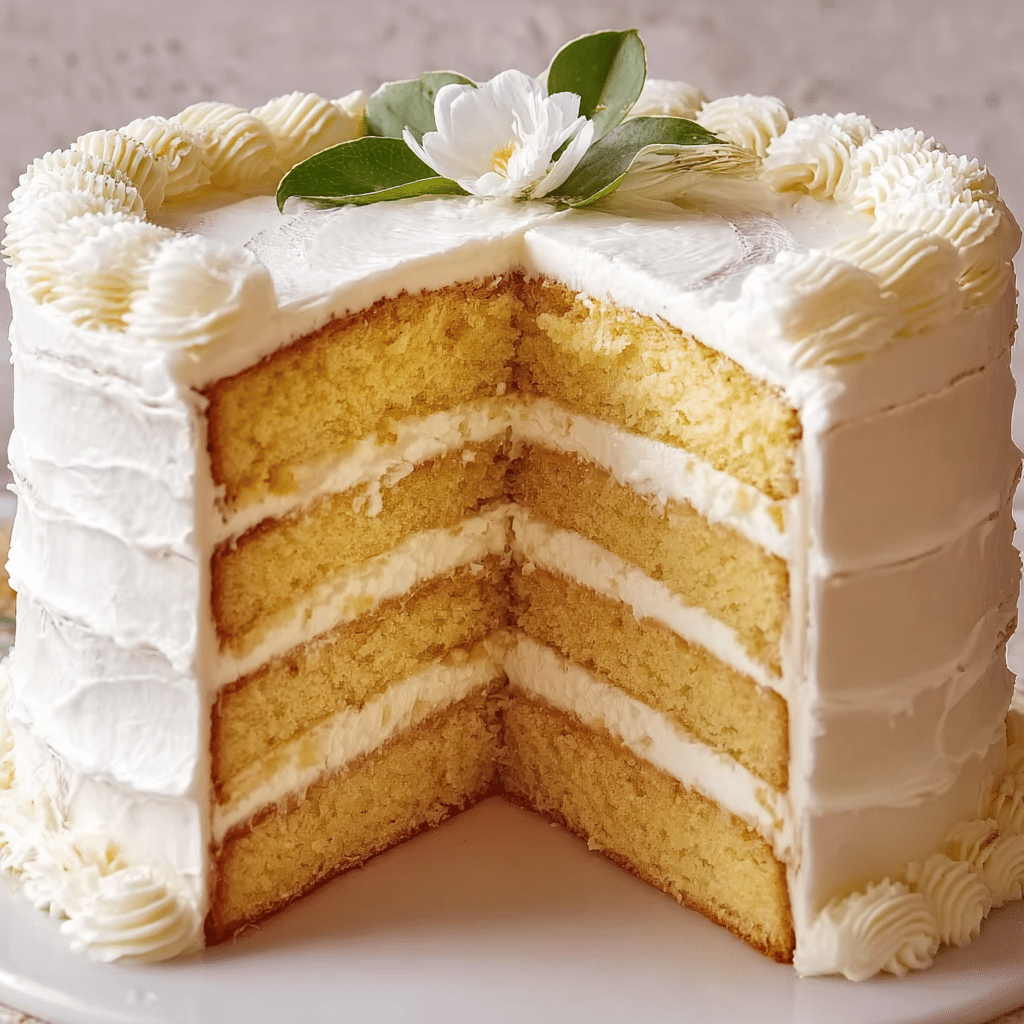
Ingredients You’ll Need
The beauty of buttermilk cake with buttercream frosting is just how simple yet essential every ingredient is. Each component has its own delicious role, from giving the cake a fine crumb and golden hue to providing a dreamy, creamy finish. Let’s break down what you’ll need and why:
- All-purpose flour: The sturdy base that delivers structure and a tender crumb without heaviness.
- Baking powder & baking soda: These leaveners work in harmony with the buttermilk to ensure the cake rises light and fluffy.
- Salt: A pinch sharpens all the flavors and balances out the sweetness.
- Unsalted butter (for both cake & frosting): Brings richness and that classic buttery taste to both the cake and the creamy frosting.
- Granulated sugar: Sweetens and helps create a soft, moist cake crumb.
- Eggs (room temperature): Bind everything together, giving the cake a luscious, cohesive texture.
- Pure vanilla extract: Adds a sweet, aromatic background note that pairs perfectly with the tangy buttermilk.
- Buttermilk: The secret ingredient for a gorgeously tender, slightly tangy cake that stays moist for days.
- Powdered sugar (for frosting): Ensures a smooth, fluffy finish in your buttercream.
- Heavy cream or milk (for frosting): Adjusts the consistency and makes the frosting luxuriously spreadable.
- Extra salt (frosting): Just a pinch punches up the flavor of your buttercream so it’s not overly sweet.
How to Make buttermilk cake with buttercream frosting
Step 1: Preheat and Prepare Your Pans
Get things started by preheating your oven to 350°F (175°C). Grease and flour two 9-inch round cake pans, or, even better, line them with parchment for totally carefree cake release. A little prep on the pans goes a long way toward that picture-perfect finish!
Step 2: Mix the Dry Ingredients
In a medium mixing bowl, whisk together the flour, baking powder, baking soda, and salt. This simple step ensures all your leaveners are evenly distributed, setting you up for an even, light-as-air crumb in the finished cake.
Step 3: Cream the Butter and Sugar
Using a hand or stand mixer, beat the softened butter with granulated sugar until the mixture is pale, lovely, and fluffy—about 3 to 5 minutes. This thorough creaming incorporates air, which translates to a beautifully tender, not dense, cake.
Step 4: Add Eggs and Vanilla
Beat in your eggs one at a time, letting each yolk fully disappear before adding the next. Scrape down your bowl to avoid missed bits, then stir in the vanilla extract. The gradual mixing keeps the batter smooth and homogenous!
Step 5: Alternate Adding Dry Ingredients and Buttermilk
With the mixer on low speed, add the dry ingredients in three stages, alternating with the buttermilk in two additions, beginning and ending with the dry mix. Mix just until combined; overbeating can toughen your cake. You want that light, cloud-like texture that makes buttermilk cake with buttercream frosting so irresistible.
Step 6: Bake the Cake
Scrape the batter evenly into your prepared pans. Gently tap them on the counter to level and knock out pesky air bubbles. Bake for 25 to 30 minutes—trust your nose and check with a toothpick for doneness. Let cool in the pans for 10 minutes, then carefully turn out onto wire racks to cool completely before frosting.
Step 7: Prep the Buttercream Frosting
With your cakes cooling, whip up the creamy buttercream. Beat softened butter until it’s creamy, then slowly blend in the sifted powdered sugar, a cup at a time. Add vanilla and a pinch of salt, then trickle in cream or milk a tablespoon at a time until you have that dreamy, spreadable texture. Beat until airy and fluffy—just what buttermilk cake with buttercream frosting needs!
Step 8: Assemble and Frost
Place one cooled cake layer on your serving plate. Spread a thick layer of frosting over the top, then gently place the second layer on top. Frost the top and around the sides, using an offset spatula for a smooth, bakery-style finish. Don’t worry if it’s not perfect—the homemade look is part of the charm!
How to Serve buttermilk cake with buttercream frosting
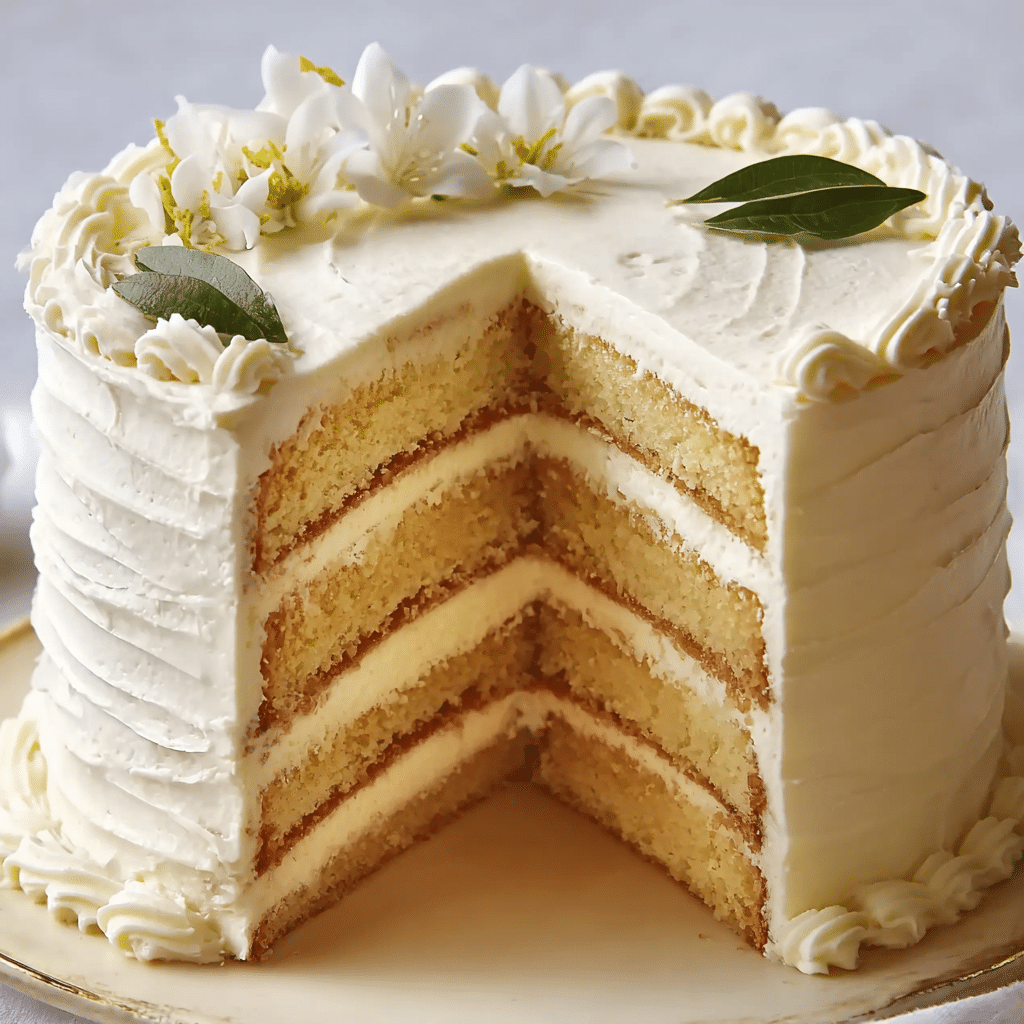
Garnishes
For the ultimate presentation, decorate your buttermilk cake with buttercream frosting with a gentle snowfall of sprinkles, fresh berries, or a scatter of edible flowers. A few shavings of white chocolate or a twist of lemon zest can add a pop of color and a hint of elegance that makes every slice feel extra special.
Side Dishes
This cake shines brightly all on its own, but you can pair slices with fresh fruit salad, a tangy berry coulis, or a scoop of homemade vanilla ice cream for an added touch. The creamy richness of the frosting beautifully offsets vibrant, juicy fruit or even a bold coffee to cut through the sweetness.
Creative Ways to Present
Make it a centerpiece by stacking the frosted cake on a pretty stand, or try cutting it into dainty squares for a charming tea party platter. You could even serve individual slices in parchment boats for an extra-professional touch at picnics or parties—because a buttermilk cake with buttercream frosting deserves a little celebration wherever it goes!
Make Ahead and Storage
Storing Leftovers
If you have any cake left (lucky you!), simply cover it with plastic wrap or store in an airtight container. The buttermilk in this cake keeps it moist for up to three days at room temperature—just keep it out of direct sunlight to maintain the softness and flavor of both cake and frosting.
Freezing
Want to get ahead or save a few slices for later cravings? Both the unfrosted cake layers and slices of fully assembled buttermilk cake with buttercream frosting freeze beautifully. Wrap tightly in plastic, then foil, and freeze for up to two months. Thaw in the fridge overnight before serving for best results.
Reheating
Cake is always best at room temperature, so let any refrigerated slices sit out for about 30 minutes before serving. If your frosting seems firm from the fridge, a quick 10-second zap (watch closely!) in the microwave brings back its silky texture without melting everything away.
FAQs
Can I make this buttermilk cake with buttercream frosting ahead of time?
Absolutely! Both cake and frosting can be made the day before. Store the unfrosted cakes wrapped at room temperature, frost the next day, and you’ll have a bakery-fresh treat for your celebration.
What if I don’t have buttermilk?
No worries—simply add 1 tablespoon of lemon juice or vinegar to a cup of milk, stir, and let it sit for 5–10 minutes. It’s an easy substitute that still gives your buttermilk cake with buttercream frosting the perfect tang and moisture.
How can I prevent my cake from being dry?
Measure your flour correctly, avoid overmixing the batter, and check for doneness a couple of minutes before expected baking time. The magic of buttermilk ensures this cake stays moist, but a few small steps make a big difference!
Can I use this recipe for cupcakes?
Yes! Simply divide the batter among lined cupcake tins (fill two-thirds full) and bake at the same temperature for about 18–22 minutes, or until a toothpick comes out clean. The buttercream frosting works perfectly as a cupcake topper, too.
Can I flavor the frosting?
Definitely! While vanilla gives a classic finish, you can add citrus zest, almond extract, or even a hint of cocoa powder for a creative spin on your buttermilk cake with buttercream frosting. Personalize it to match your occasion or mood!
Final Thoughts
If you’re craving a cake that’s classic, comforting, and guaranteed to win over any crowd, it’s time to try this buttermilk cake with buttercream frosting. There’s pure joy in every slice, and I can’t wait for you to experience the magic that comes from baking this timeless treat at home. Give it a try—you might just discover your new favorite!
Printbuttermilk cake with buttercream frosting Recipe
Indulge in the classic combination of a moist and tender buttermilk cake paired with rich and creamy buttercream frosting. This recipe yields a delightful dessert perfect for any occasion.
- Prep Time: 20 minutes
- Cook Time: 30 minutes
- Total Time: 50 minutes
- Yield: 1 2-layer cake
- Category: Dessert
- Method: Baking
- Cuisine: American
- Diet: Vegetarian
Ingredients
FOR THE BUTTERMILK CAKE:
- 2½ cups (310g) all-purpose flour
- 2½ tsp baking powder
- ½ tsp baking soda
- ½ tsp salt
- 1 cup (226g) unsalted butter, softened
- 1¾ cups (350g) granulated sugar
- 4 large eggs, room temperature
- 2 tsp pure vanilla extract
- 1 cup (240ml) buttermilk, room temperature
FOR THE BUTTERCREAM FROSTING:
- 1 cup (226g) unsalted butter, softened
- 4 cups (500g) powdered sugar, sifted
- 2 tsp pure vanilla extract
- 2–3 tbsp heavy cream or milk
- Pinch of salt
Instructions
- Preparation Step 1: Preheat and Prepare Pans
- Step 2: Mix Dry Ingredients
- Step 3: Cream the Butter and Sugar
- Step 4: Add Eggs and Vanilla
- Step 5: Alternate Adding Dry Ingredients and Buttermilk
- Step 6: Bake the Cake
- Step 7: Prepare the Buttercream Frosting
- Step 8: Assemble and Frost
Preheat your oven to 350°F (175°C). Grease and flour two 9-inch round cake pans or line them with parchment paper. This ensures your cake releases cleanly after baking.
In a medium bowl, whisk together the flour, baking powder, baking soda, and salt. Set aside. These dry ingredients will give the cake structure and lightness.
In a large mixing bowl, using a stand or hand mixer, beat the softened butter and granulated sugar together on medium-high speed until pale, light, and fluffy—about 3-5 minutes. This step is key to creating an airy texture.
Add the eggs one at a time, beating well after each addition. Scrape down the sides of the bowl to ensure even mixing. Stir in the vanilla extract.
With the mixer on low speed, add the flour mixture in three parts, alternating with the buttermilk in two parts. Begin and end with the flour mixture. Mix just until combined—do not overbeat.
Divide the batter evenly between the prepared pans. Tap them gently on the counter to remove air bubbles. Bake for 25–30 minutes or until a toothpick inserted in the center comes out clean. Cool in pans for 10 minutes, then transfer to wire racks to cool completely.
In a large bowl, beat the butter until creamy. Gradually add the sifted powdered sugar, one cup at a time, beating well on medium speed. Add vanilla extract and a pinch of salt. Add cream or milk 1 tablespoon at a time, until desired consistency is reached. Beat until fluffy—about 3–5 minutes.
Place one cake layer on a serving plate. Spread a generous amount of frosting on top. Place the second cake layer over it and frost the top and sides. Use an offset spatula for smooth application.
Nutrition
- Serving Size: 1 slice (1/12 of cake)
- Calories: 520 kcal
- Sugar: 47g
- Sodium: 180mg
- Fat: 27g
- Saturated Fat: 17g
- Trans Fat: 0g
- Carbohydrates: 68g
- Fiber: 1g
- Protein: 4g
- Cholesterol: 110mg

